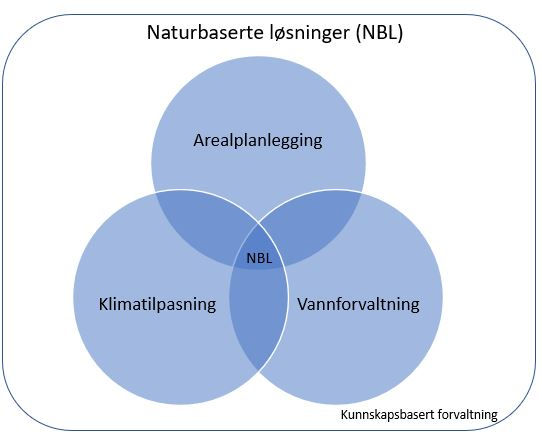Ny masteroppgave om kommunikasjon rundt naturbaserte løsninger
- carolineenge
- Sep 28, 2022
- 2 min read
Updated: Feb 20, 2023
Gratulerer til Alexa som har fullført og forsvart sin masteroppgave om barrierer og drivere for naturbaserte løsninger med Gausa som case-studie!

Alexa Hazée forsvarte masteroppgaven sin med et digitalt publikum (skjermbilde fra presentasjonen).
(english text below)
Alexa Hazée har de siste to årene studert Environmental Sciences and Management ved Universitetet i Liege, Belgia. Som en del av mastergraden har hun vært praktikant og jobbet med oss i SABICAS-prosjektet.
Masteroppgaven tar for seg utfordringer knyttet til kommunikasjon rundt naturbaserte løsninger, hvilke barrierer som kan hindre at løsningene tas i bruk og drivere og strategier som kan bidra til implementering.
Et interaktivt kart av nedbørsfeltet til Gausa er designet for å bidra til bedre kommunikasjon mellom prosjektpartnerne, interessenter og den øvrige befolkningen. Det er også brukt kart og flyfoto til å analysere endringene i arealbruk rundt Gausa og Lågen-deltaet de siste 70 årene.
Les mer om hva Alexa har jobbet med (på engelsk) nedenfor.
New master thesis using maps and adressing communication related to nature-based solutions

Alexa defending her thesis with a digital audience (screenshot from the presentation).
We congratulate Alexa on completing her master thesis on the barriers and drivers behind the implementation of nature-based solutions with Gausa as a case study!
For the past two years, Alexa Hazée has been completing a master's degree in Environmental Sciences and Management with a specialisation in Integrated Water Resources Management at the University of Liege (Arlon Environmental Campus).
This is what she says about her own work:
In the framework of my master thesis, I had the opportunity to do an internship at NIVA and to collaborate on the SABICAS project. I’m passionate about the environment and I feel very lucky to have been involved in such an interesting project.
The focus of my thesis was the communication challenges related to the implementation of nature-based solutions. The aims were to summarize barriers that could prevent the implementation as well as drivers and strategies that could enable it, and to propose a ready-to-use communication tool. Moreover, as it is not yet a well-know notion, I also explain the concept of nature-based solutions.
The end product is a GIS project to be used as an interactive map of the Gausa catchment designed to optimize the communication between project partners and with stakeholders and the broader audience. The objective of this map is to create a bridge between the academic and non-academic sectors to develop a shared vision of the situation.
In addition, my second goal was the quantification and visualisation of the changes in land use that happened in the delta between the Gausa and the Lågen through time (1947-2019) by analysing aerial images in QGIS.
I have learned a lot during these few months, and I am happy to share the obtained results and hope that my work will contribute positively to this project!
Download the thesis here.



